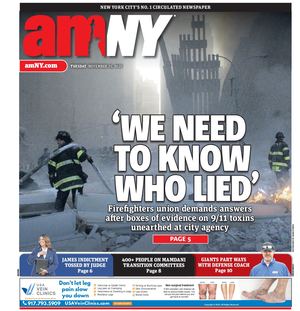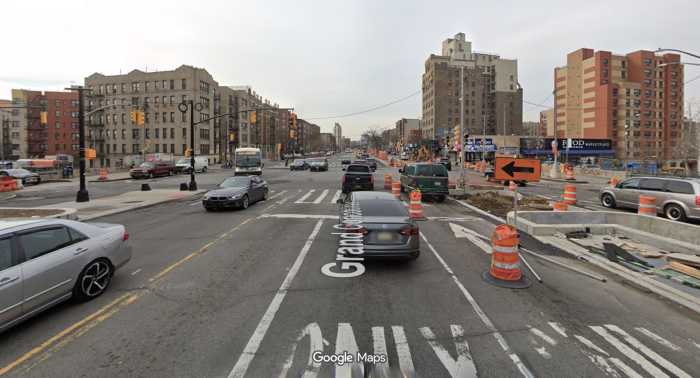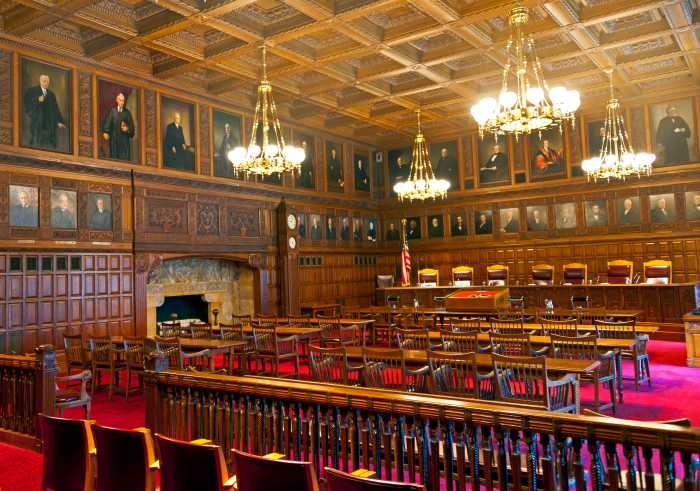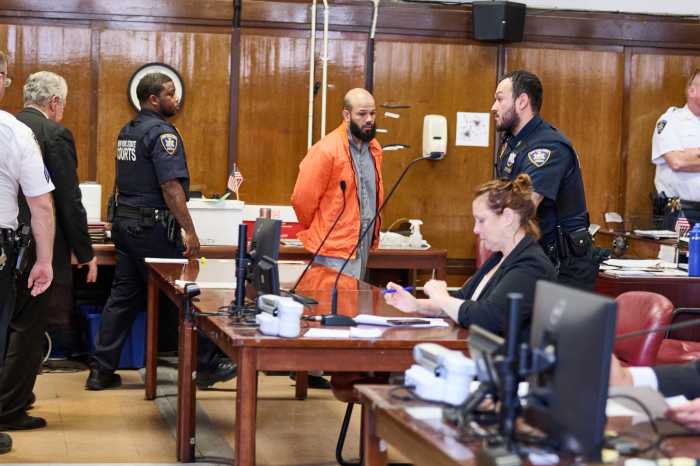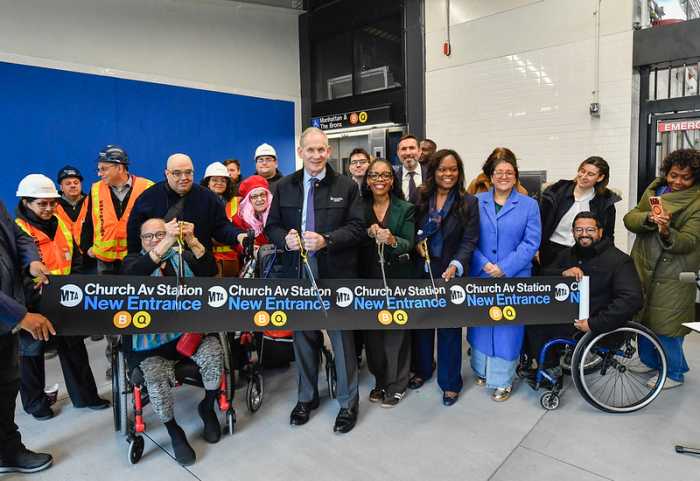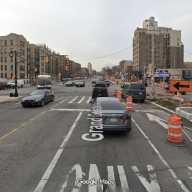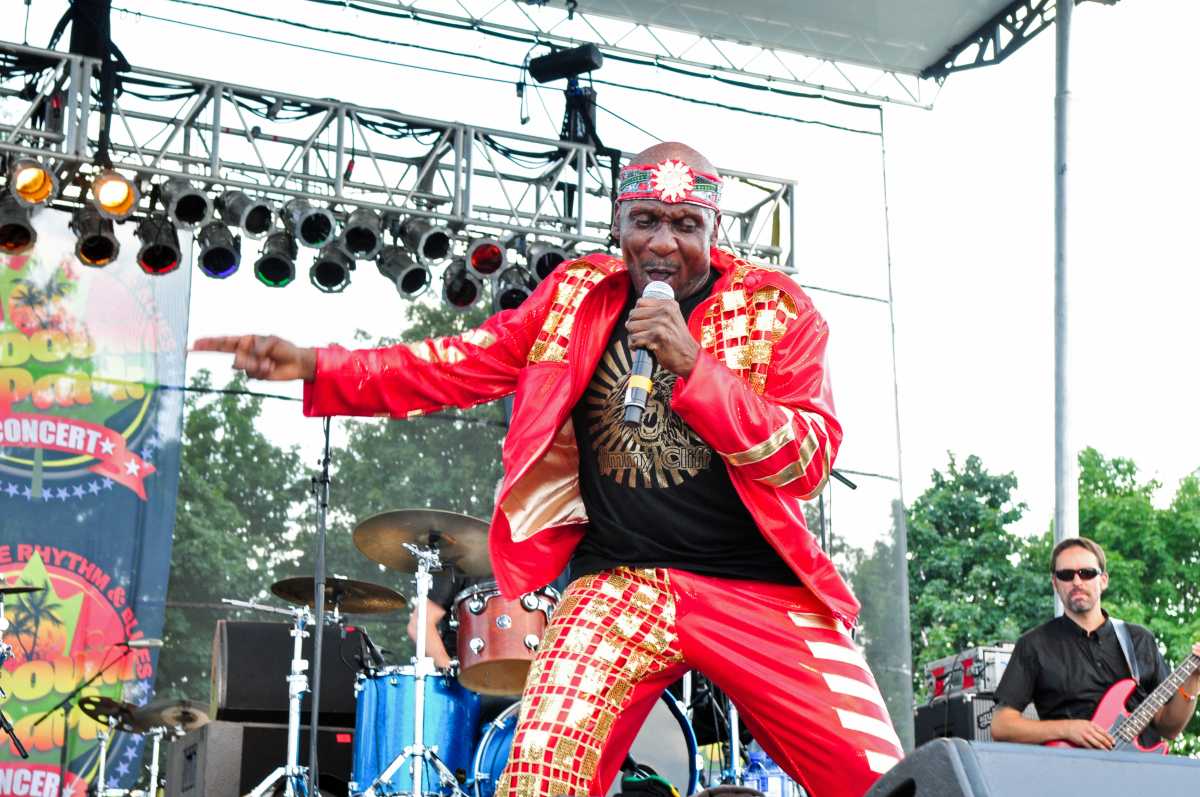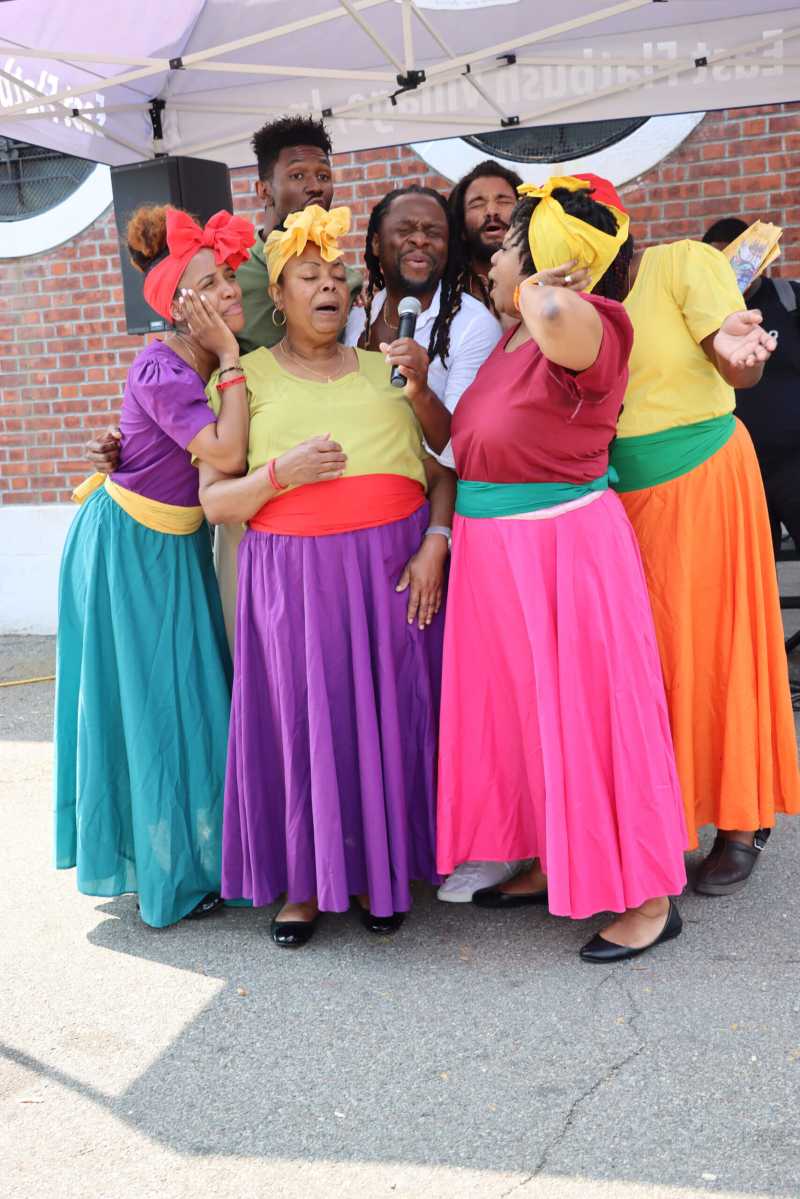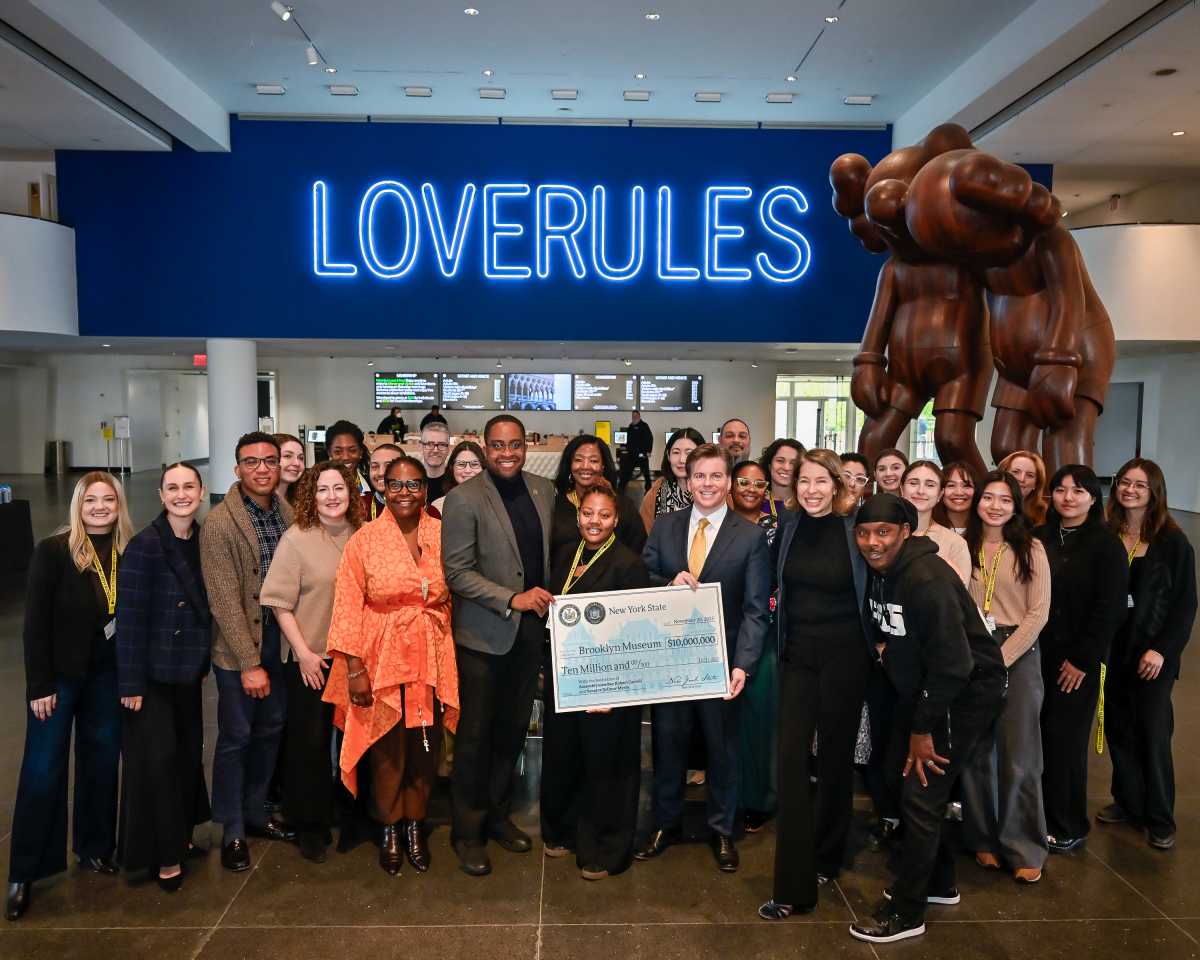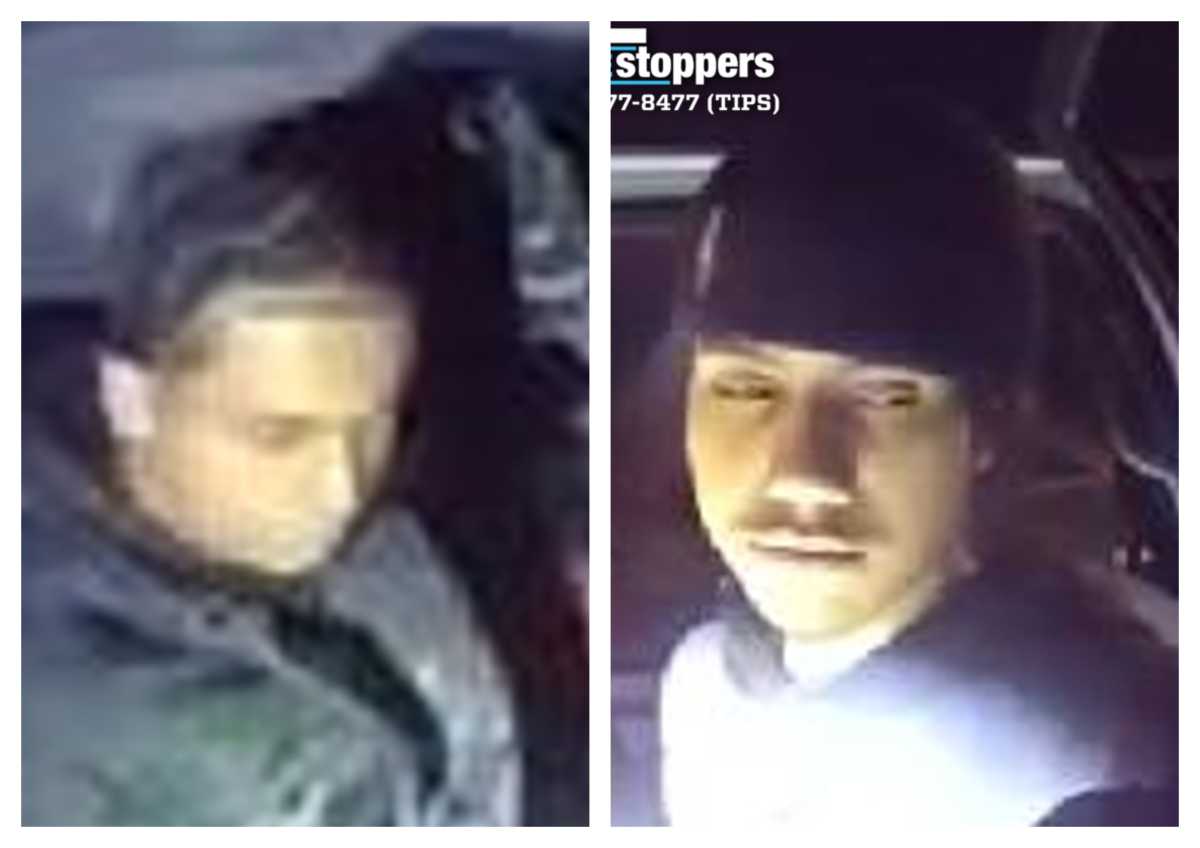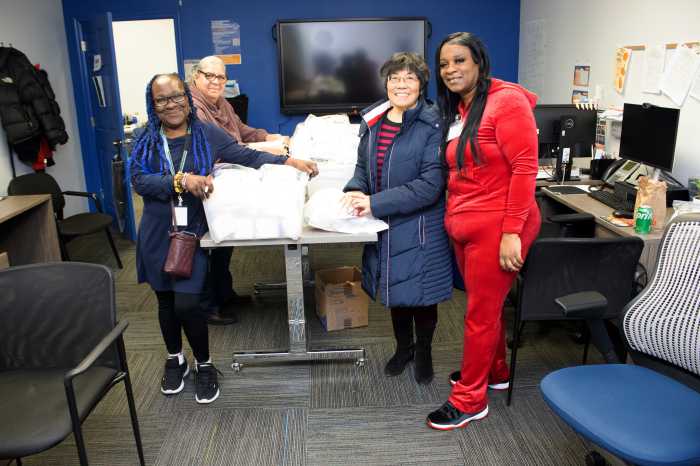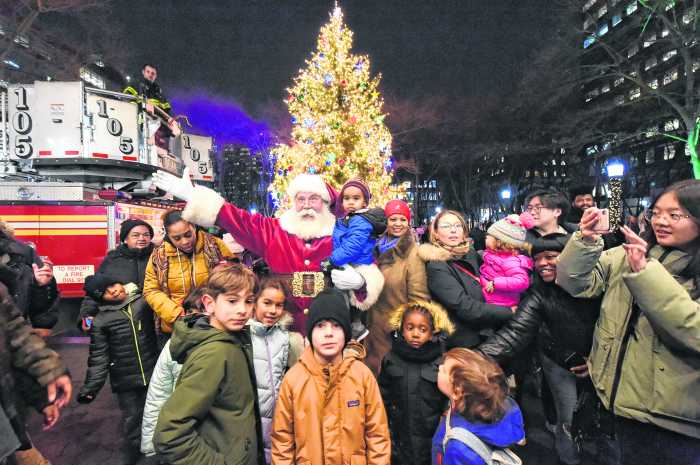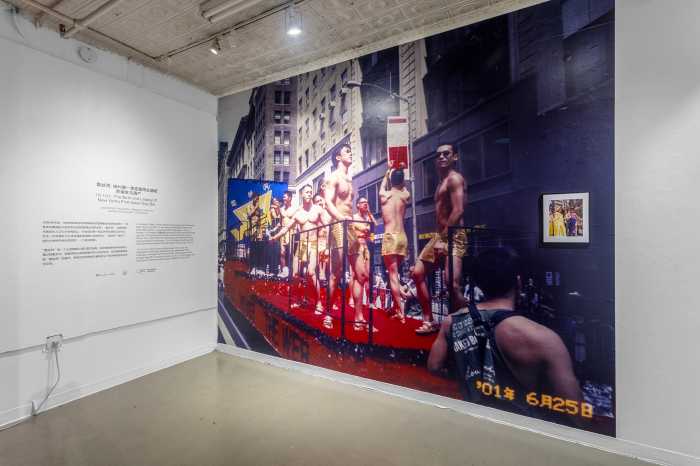BY DONATHAN SALKALN | At a community forum airing the repercussions of NYPD’s “stop and frisk” policies (held on January 19th at Hudson Guild Elliot Center, Manhattan Borough President Scott Stringer presented a strong argument that the NYPD is using racial profiling in it’s efforts to fight crime in Chelsea. “Of the 2,760 stops in Chelsea, 80 percent were non-white, with force used 28 percent of the time.” Stringer exclaimed. “During just one year, Eighth Avenue and Twenty-Third Street had 148 stop and frisk confrontations of which 131 were non-white. There were only 6 arrests. You know the corner. You do the math!”
The “stop and frisk” term refers to a law enforcement officer right to detain an individual or individuals with specific facts that a crime has or will be committed and, or, that officer has reasonable suspicion that the individual is in possession of a gun. The officer may conduct a pat down of the suspect’s clothes, and may seize contraband discovered. In 2011, New York City had 600,000 stops. Blacks and Latinos accounted for 85 percent of those stops — and 500,000 were found to be innocent. According to the New York Civil Liberties Union, the practice is used at twice the rate of anywhere else. The vast majority of those stopped are minority males, in their teens or early twenties.
The NYPD — who were invited to our Chelsea Reform Democratic Club’s sponsored forum, but chose to not attend — are on the public record in pointing out that escalated use of stop and frisk tactics has helped reduce the number of violent crimes in the city to historic lows as well as helping keep guns off the streets. Statistics show that with every 500 stops, one gun is recovered.
Stringer, a possible mayoral candidate in 2013, counters that the stop and frisk program is creating community discord. “It has created a wall of distrust between people of color and the police that makes it harder, not easier to solve crimes. It also condemns too many of our young to minor records that become major problems when it comes to obtaining a job.”
Desiree Lassiter, an attorney with Bronx Defenders, a non-profit organization providing free legal representation to those charged with crimes, gave a view from inside the courtroom. “Teens that are found to have contraband, often small amounts of marijuana, are given misdemeanor tickets which they often crumple up and toss, like one might do with a parking ticket. They’re too young to know that an unanswered summons becomes a much more serious charge later. To the teen it becomes a justice system that’s not always just.”
Lassiter also related a particular case of just how ugly a stop and frisk can turn. “I have one client, a short skinny 15 year old that was stopped, thrown down to the ground and beaten from head to toe. No gun or knife was recovered, and yet the police claim he was a threat to them…a little 15 year old.”
Lobi RedHawk (of Gray Panthers) added, “It is a system that criminalizes our youth. It is a system that traumatizes our youth.”
For Miguel Acevedo, President of Chelsea’s Robert Fulton Tenants Association, the problem of stop and frisk is much closer to home. “Our kids that often hang at 17th Street and Ninth Avenue are stopped and frisked on almost a daily basis. With 85 percent of those in Fulton Housing living in poverty, the kids have nowhere else to be. There are no programs available to lift them off the streets. And with new million-dollar condos across the street, complaints to the police of noise and trouble are only raising in number,” Acevedo continues, “It’s come to a mother to think twice about sending her kid to the store to get a quart of milk. The mother worries whether her son will be stopped by police and not come back home.”
Stringer sums it up. “There is no question that stop and frisk has succeeded in subjecting innocent New Yorkers to frequent and unnecessary harassment. If you are an 18 or 19 year old, black or Latino, the chances that you’ve been stopped by police are over 80 percent and probably not just once.”
On another invasive but positive move towards removing the need to frisk, the NYPD recently revealed plans on scanning pedestrians (from as far away as 20 feet) by using heat imagery to detect concealed guns. Commissioner Raymond Kelly wants to increase that distance to 75 feet.
Donathan Salkaln is a member of the Chelsea Reform Democratic Club (the home club of City Council Speaker Christine Quinn, State Senator Tom Duane and Assemblymember Richard Gottfried. The CRDC meets monthly to exchange political ideas in protecting the rights and improving the lives of those residing in Chelsea. Visit crdcnyc.org or email them at info@crdcnyc.org.
